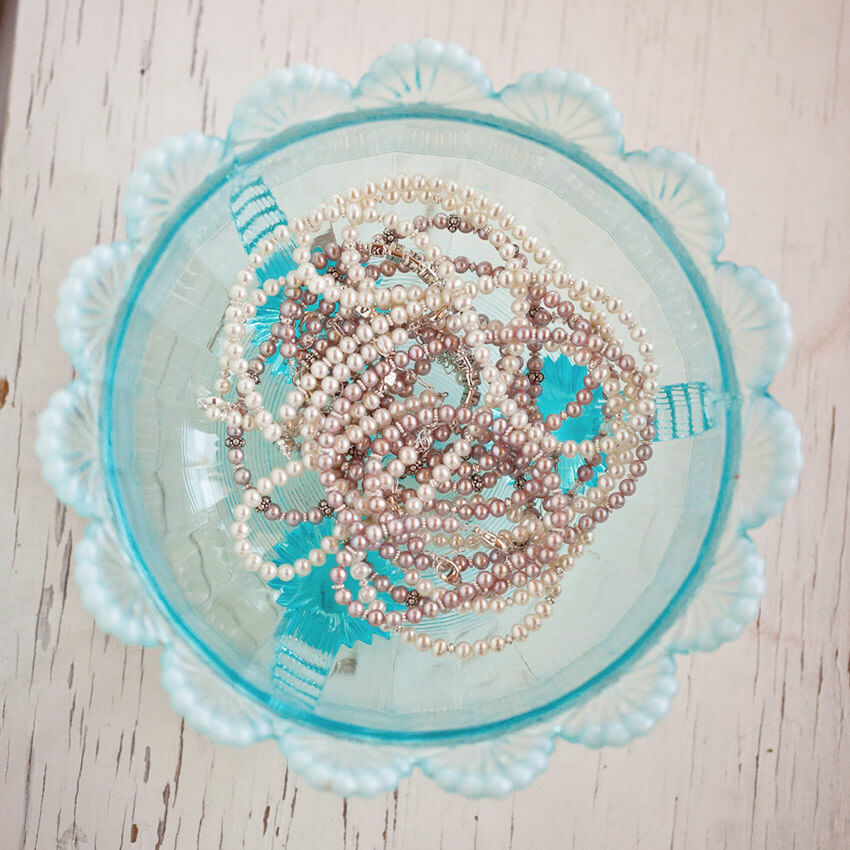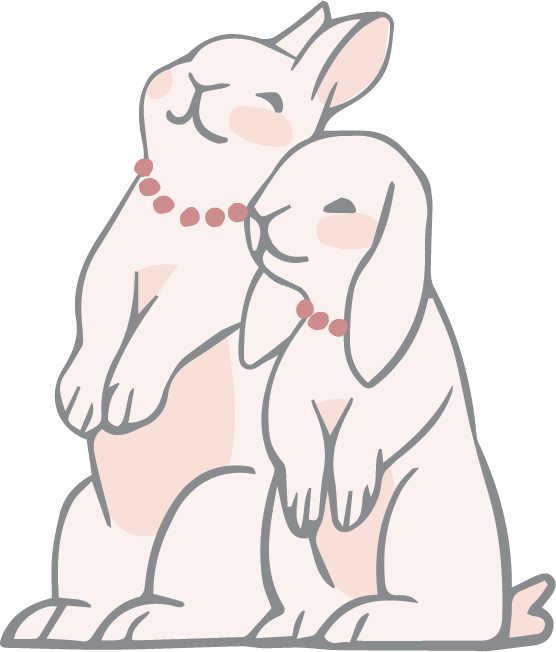The meaning behind the pearl
Julie MillerThey are given as gifts for all sorts of special occasions, from weddings and graduations to christenings and anniversaries. Ancient mythology holds that they are connected directly with the moon. Some have been found that are over 7,000 years old.
What are we talking about? Pearls, of course!
Today we recognize pearls as unique accessories that make the perfect complement to outfits for many occasions, from school days to wedding ceremonies. But pearls are much more than just beautiful jewelry. They have a long and interesting history that has developed in step with human culture. Throughout history, civilizations all over the world have added their own contributions to the legacy of the pearl, making it one of the most storied gemstones in the world.
A Brief History of Pearls
To truly understand the meaning behind the pearl, we must look into the history of this precious stone. Though researchers once believed that the oldest pearls came from Asia, in 2012 a pearl was found in the United Arab Emirates with an estimated date of origin between 5550 BC and 5200 BC. Archaeologists believe that this pearl is roughly 7,500 years old, making it the oldest ever found.
In the early days, before the advent of cultured pearls made the gem more common, natural pearls were rare and expensive. In Ancient Rome, pearls were a sign of upper-class nobility commonly worn by society's elite. Legend has it that the gems were so expensive in the Roman Republic that the general Vitellius was able to finance an entire military campaign simply by selling one of his mother's pearl earrings.
To prove to the Roman ruler Mark Antony that she could host the most lavish and expensive dinner in history, the pharaoh Cleopatra is said to have dissolved a pearl from her ear into a cup of vinegar, which she then drank in front of the astonished Roman leader.
During the Age of Discovery, explorers and trade companies found North America's rivers ripe with natural pearls and quickly began exporting them back to Europe, where they became hugely popular with the aristocracy. In 1612, the Duke of the Saxon Kingdom of Germany enacted a law declaring that only members of the royal court had the right to wear pearls.
The Invention of Cultured Pearls
The world of pearls was changed forever at the beginning of the 20th century. Japanese pearl farmer Kokichi Mikimoto and his wife invented a method of making oysters produce pearls on demand by inserting a small piece of membrane into the shell. The oyster then secretes a nacre coating known as mother of pearl over the membrane, creating a pearl.
Two other men in Japan came up with methods of culturing pearls independently of Mikimoto: a government researcher by the name of Tokichi Nishikawa and a carpenter named Tatsuhei Mise. During the early 1900s, each of these three men received patents for their methods of culturing pearls.
These developments in pearl culturing techniques made pearls much more available to the mainstream. Thanks to the efforts of these men, pearls today can be found in a variety of styles and colors.
Savvy pearl buyers understand that the cultural importance of a set of pearls depends on many things, including its color.
Pearl Colors and their Meanings
Pearls can come in dozens of different colors, but some of the more popular varieties are:
- White: probably the most common pearl color, a white pearl signifies innocence and purity. They also indicate a new beginning, which is why they are worn by brides or given as a gift to newborns.
- Pink: this pearl color symbolizes love, passion and romance. Pink is a popular color for pearls given to a spouse or romantic partner.
- Blue: blue pearls represent dedication. These pearls are considered a symbol of eternity and longevity.
- Black: black pearls are extremely rare. They are said to bring good luck and protection from evil forces.
Like the people who wear them, each pearl is different: in fact, the Latin word for pearl is literally translated as "unique." Choosing a pearl for a special someone can be challenging, which is why I'd love to help you choose a pearl that perfectly conveys your feelings about a mother, daughter, sister, or your beautiful bride!
About Little Girl's PearlsI have been helping people choose quality freshwater pearls for themselves and their loved ones for over twelve years. My passion for pearls comes not just from their elegant sheen, but from their significance to the wearer. Our pearls are precious keepsakes that are tied to some of the most treasured memories in a woman's life.
Everyone who wears a pearl has a small part of cultural history with them, but they also have a precious stone that is significant in a very special and unique way. I love helping new brides, mothers of newborns, and spouses with their efforts to choose the perfect pearl, one that will help remind them of their special bond for the rest of time.
Whether you're giving them as a gift or plan on wearing them yourself, I hope you'll let me help you add your own personal chapter to the story of pearls and their meaning!










